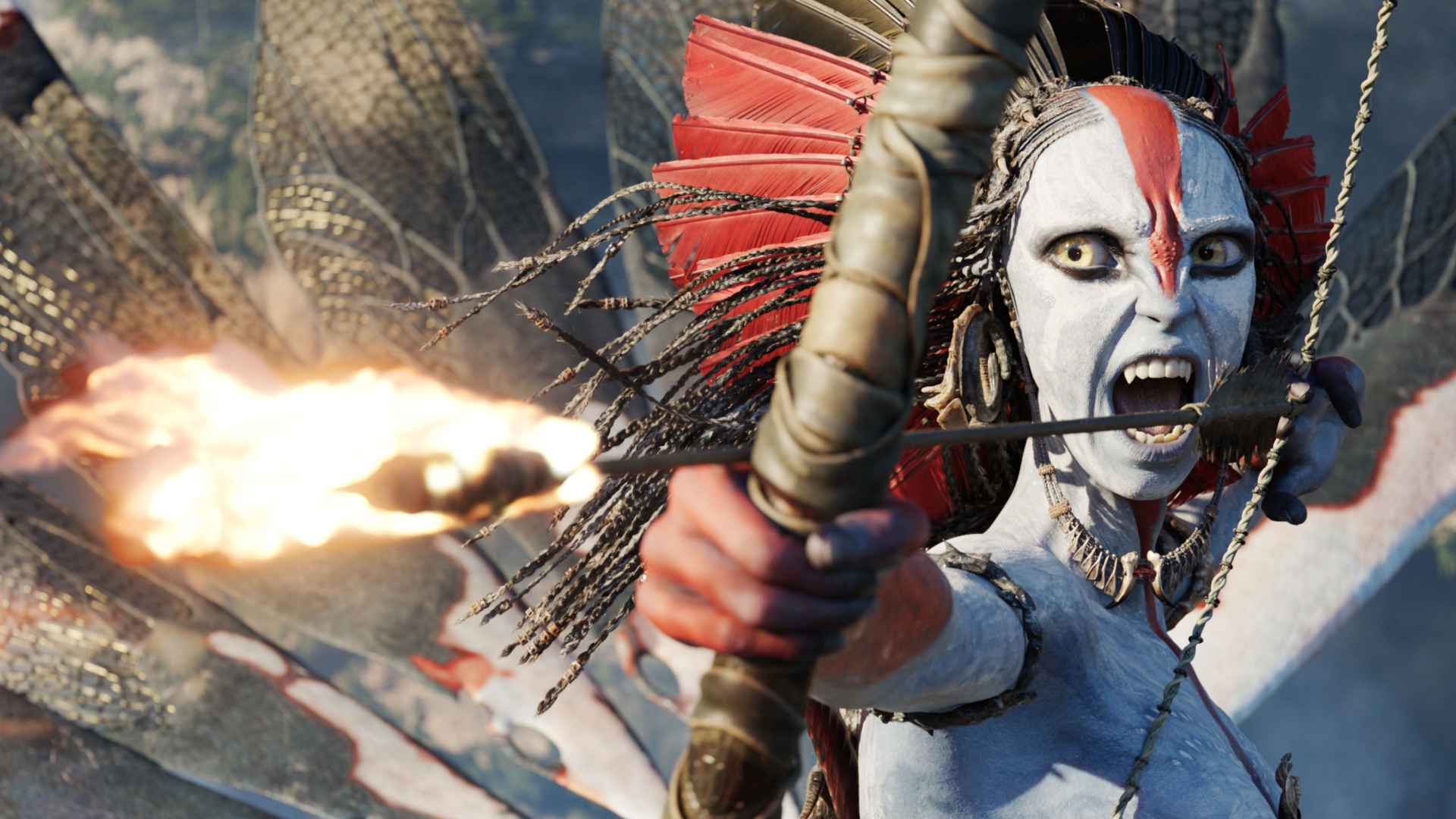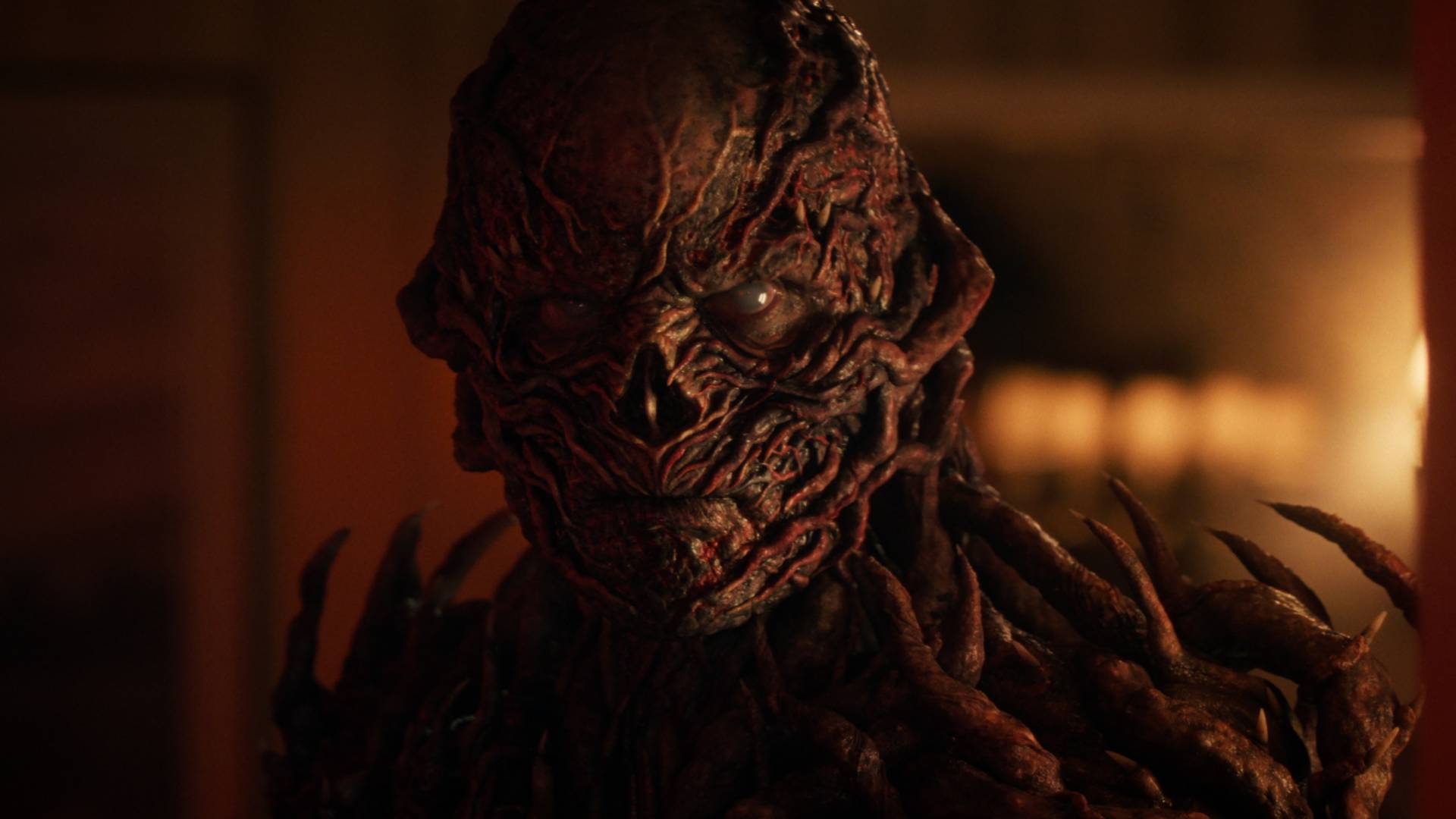The 10 best Superman comics to read after watching the new DC movie
Here’s our list of the 10 best Superman comics to read after watching James Gunn's latest DC movie
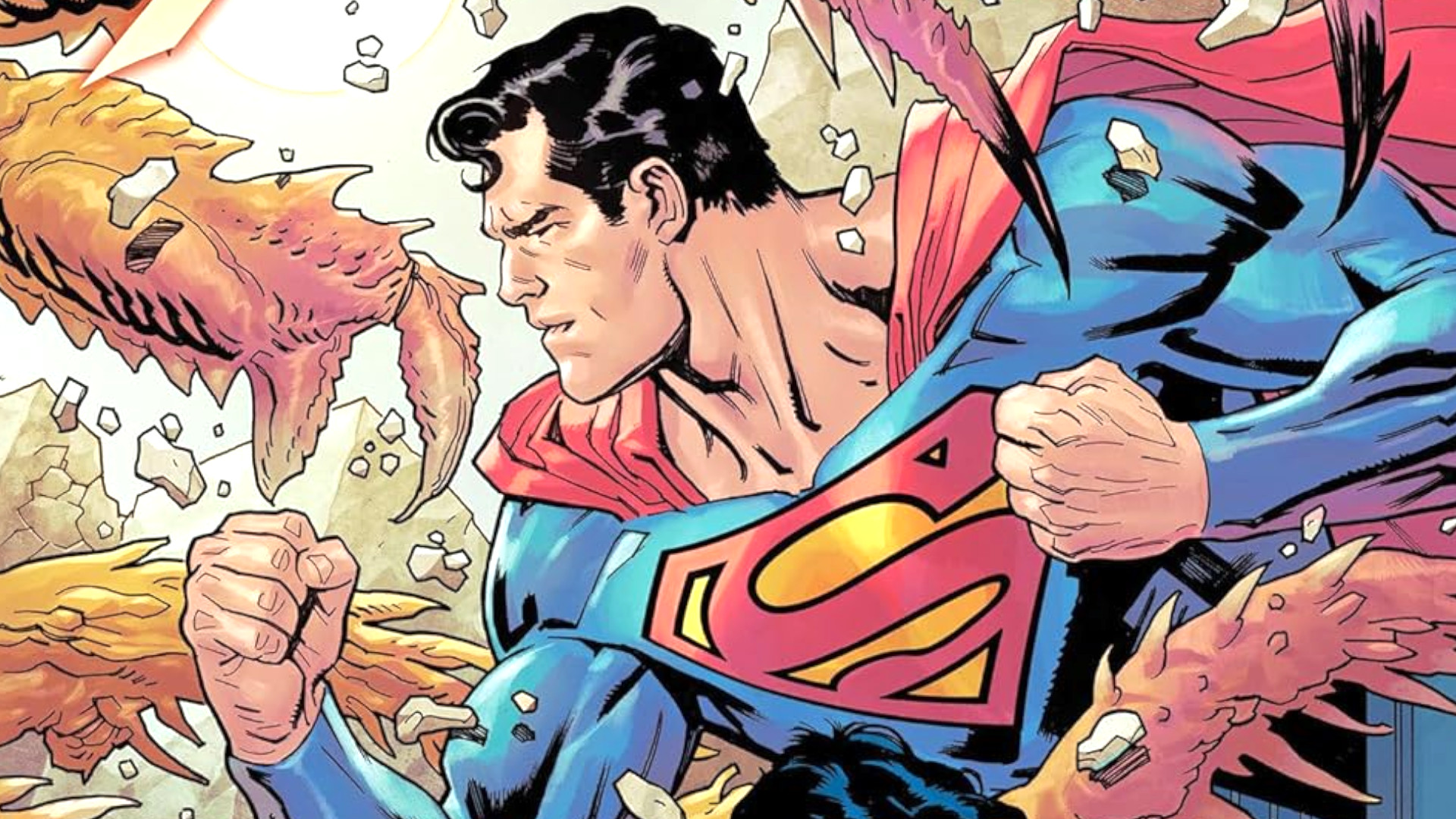
There is no better time than now to dive into the best Superman comics of all time. For decades, Clark Kent has given us heroic tales and some of the best outings in the superhero genre, period. In fact, Superman isn't only the best-selling comics character of all time, but he's also arguably one of the most influential characters in all of pop culture. With James Gunn's new movie, Superman, now out in cinemas (read our Superman review for more details on that), a new generation of readers has been introduced to DC's golden boy.
Like with most upcoming superhero movies, comics get a surge in both seasoned and new readers. Many Superman fans want to refresh themselves with the classics before their cinema trips, while others may want to learn more about Jerry Siegel and Joe Shuster's creation. However, let's be honest, Superman has been around for decades, so picking out his best stories to give your time and attention to can be tricky if you don't know where to start. That's where we come in, though!
To help you scratch any heroic story itches after watching the new DC movie, we've gathered the very best from our favourite Kryptonian. Below you'll find the 10 best Superman comics of all time, along with information on where you can read them for yourself. We also have a guide on the best way to start reading the Superman comics if you're completely new to the genre. But for now, let's stick to the absolute greats. So grab your capes and get reading, folks!
10. Superman Smashes The Klan
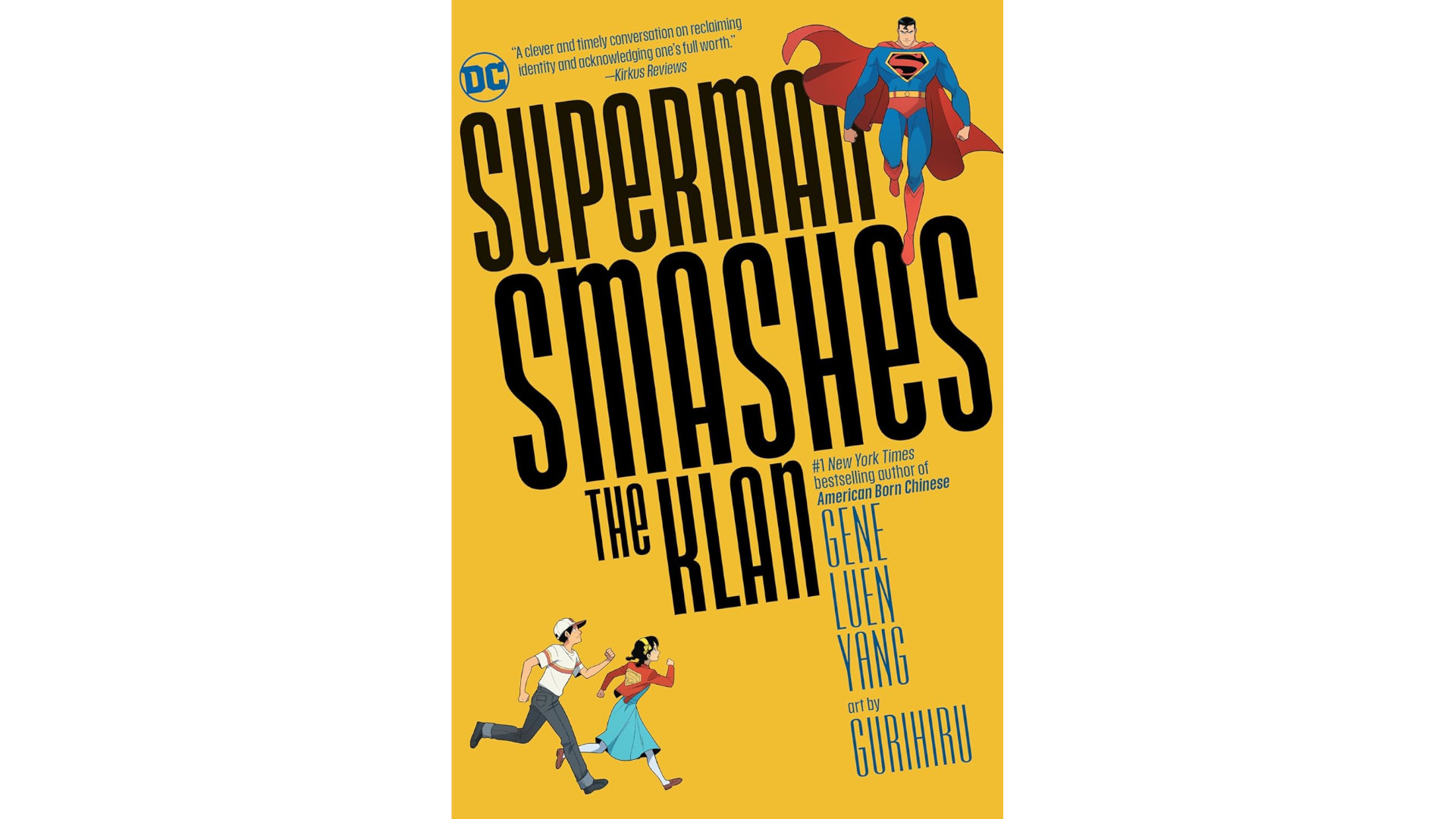
Published in: Superman Smashes the Klan #1–3, by Gene Luen Yang and Gurihiru
Gene Luen Yang and Gurihiru venture into the past for 2019's three-part tale, Superman Smashes The Klan. Basing this on a bygone radio serial entitled 'Clan of the Fiery Cross,' Gene Luen Yang invokes a time before Superman had the full power of flight to tell a tale of integration and discrimination in '30s America. When Robert and Tommy Lee's family moves to the white-majority Metropolis suburbs, they attract harassment from the abhorrent Ku Klux Klan. Enter Superman!
Luen Yang roots his story in the real-life struggles of the Asian Community during the tumult of the early 20th Century, relating Superman's clean-cut persona to his own experiences as the son of immigrants. This is paired with Gurihiru's uncluttered linework and manga style, which creates a bold mainstream appeal. All in all, Superman Smashes the Klan is one of the best examples of a modern introductory point to the Man of Steel. Not shying away from the mundane evils of everyday racism while remaining accessible for all ages, this is an important story that remains sadly very relevant.
Buy Superman Smashes The Klan on Amazon
Get the best comic news, insights, opinions, analysis and more!
9. Action Comics #23
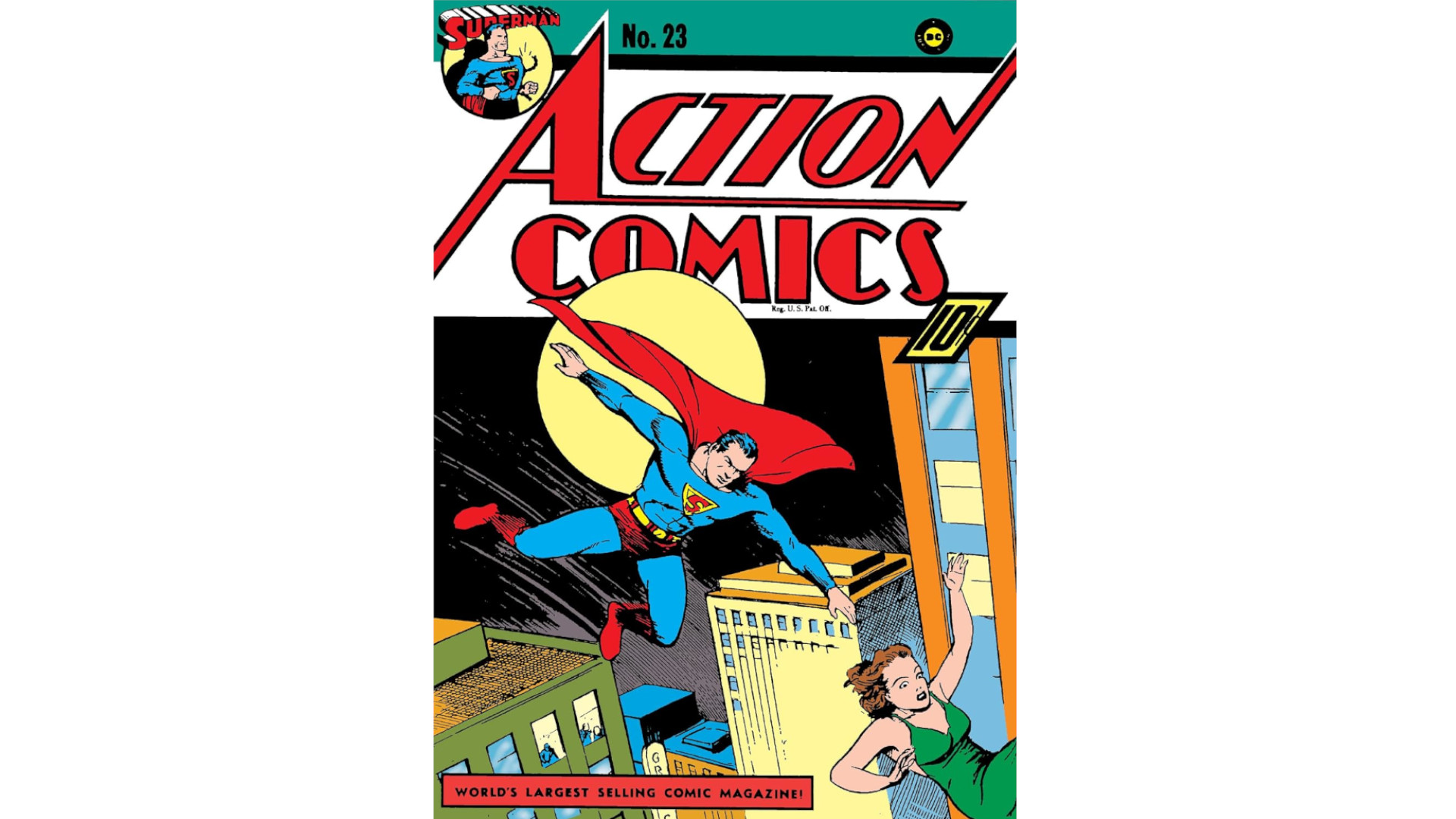
Published in: Action Comics #23, by Jerry Siegel, Joe Shuster, and Paul Cassidy
Wartime journalist Clark Kent uncovers a mastermind orchestrating a prolonged war between the fictional countries of Golonia and Toran in a bid to destroy them both – and it's none other than Lex Luthor. Not yet given a first name and with an uncharacteristic mop of red hair, Luthor's debut proves that actions are more important than aesthetics. Action Comics #23 (collected in Superman: The Golden Age Vol. 2) is a pretty successful first outing for Superman's greatest villain. Appearing in very much a gestational form of the character but retaining the essence of what he would later become, Luthor has near-omnipotent surveillance powers and effortlessly puppets two armies against each other.
Released in 1940, Jerry Siegel and Joe Shuster were clearly feeling the impact of World War II here., This is a tonally dark issue that sees Clark and Lois immersed in violence. Against the murky setting of a war on foreign soil, and with a body count on Supes' conscience, this untitled story isn't the traditional Man of Steel adventure. Still, it's an excellent example of how, even when a character's first appearance is almost unrecognizable from his modern form, the core of the character remains.
Buy Action Comics #23 on Amazon
8. Superman: Secret Identity

Published in: Superman: Secret Identity #1–4, by Kurt Busiek and Stuart Immonen
A high-concept alternate take on the Man of Steel that blurs our reality with the DC Universe we all know so well, Kurt Busiek and Stuart Immonen's Superman: Secret Identity explores the rise and fall of a Superman who grew up reading about the Man of Steel. Busiek's Clark Kent is an ordinary boy who wakes up one day with the powers of the Kryptonian. Moving from his childhood home of Kansas to Manhattan, Kent defends himself from schoolyard bullies before secretly assisting citizens in need.
But life in the public eye attracts tragedy – this Superman's public debut ends in death, and his good deeds eventually draw the eye of the US Government. As he ages, Clark's powers begin to fade, but his good work is continued by his daughters. As would be expected from the title, Busiek explores the personal implications of suddenly gaining superpowers, their effect on personal relationships, and how the world would really react to such a man. Tonally, Secret Identity sits between grim realism and bright fantasy, producing a Superman for a world that isn't perfect but also isn't without hope.
Buy Superman: Secret Identity on Amazon
7. Superman: Red Son
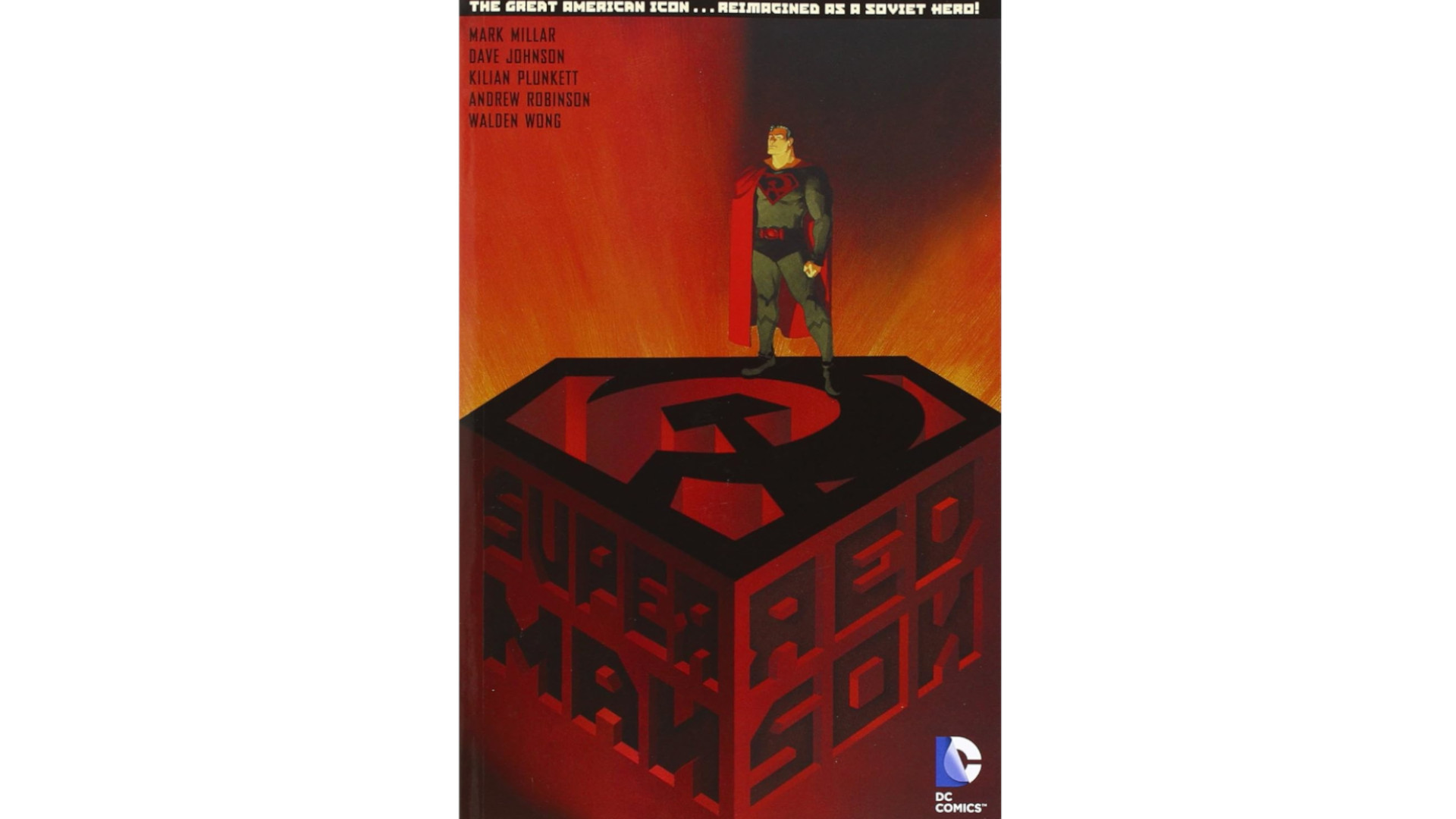
Published in: Superman: Red Son #1–3, by Mark Millar, Dave Johnson, and Kilian Plunkett
Mark Millar's prestige three-issue series asks one simple question: What would happen if Superman had been raised by the Soviet Union? 2003's Elseworlds classic Superman: Red Son seamlessly blends Cold War fears with a well-realized take on an evil Superman, ably assisted by the shared artistic style of Dave Johnson and Kilian Plunkett.
Using the same art style that typified the Soviet Union's propaganda efforts, Millar dares to show a country cowering under a malevolent Superman, as well as a Lex Luthor who manages to usher in a utopian world. We see distorted versions of DC's finest heroes, and a tale of paranoia and political backstabbing that thoroughly drowns Superman's inherent goodness in favor of his raw strength. A cautionary tale about how ideology can make or break even the strongest souls.
Buy Superman: Red Son on Amazon
6. For The Man Who Has Everything
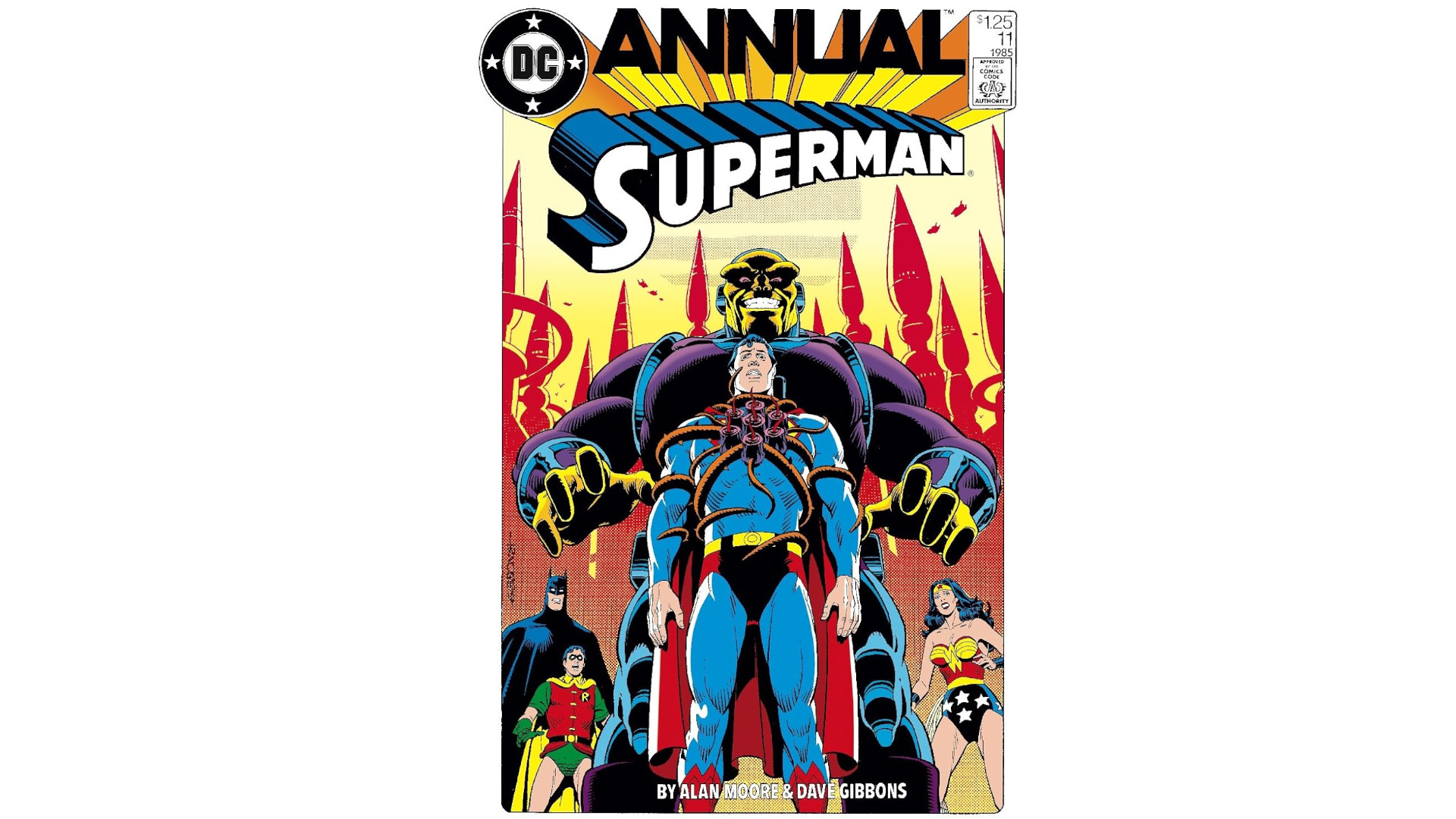
Published in: Superman Annual #11, by Alan Moore and Dave Gibbons
Watchmen creators Alan Moore and Dave Gibbons showcase the best of The Man of Steel in Superman Annual #11's legendary lead story. When Batman, Robin, and Wonder Woman visit the Fortress of Solitude for Superman's Birthday, they find him frozen in place with alien foliage wrapped around his chest. In his mind, Kal-El experiences a world in which Krypton did not explode. Although Krypton struggles with political and social problems that mirror our own, it is a world that Superman wishes for, but it is also a world he knows he ultimately cannot have.
There's nothing real about a utopia, and Moore realizes that even as he describes the wildest of alien worlds. Dave Gibbons illustrates Superman's powers with flair. From his cacophonous shout that fills the background and sends Robin flying to the climactic knock-out brawl between Superman and Mongul, Gibbons lends a real sense of gravitas to Moore's script with hulking and flamboyant characters. Yet another Moore and Gibbons classic, no Superman collection is complete without The Man Who Has Everything.
Buy Superman Annual #11 on Amazon
5. The Origin of Superman
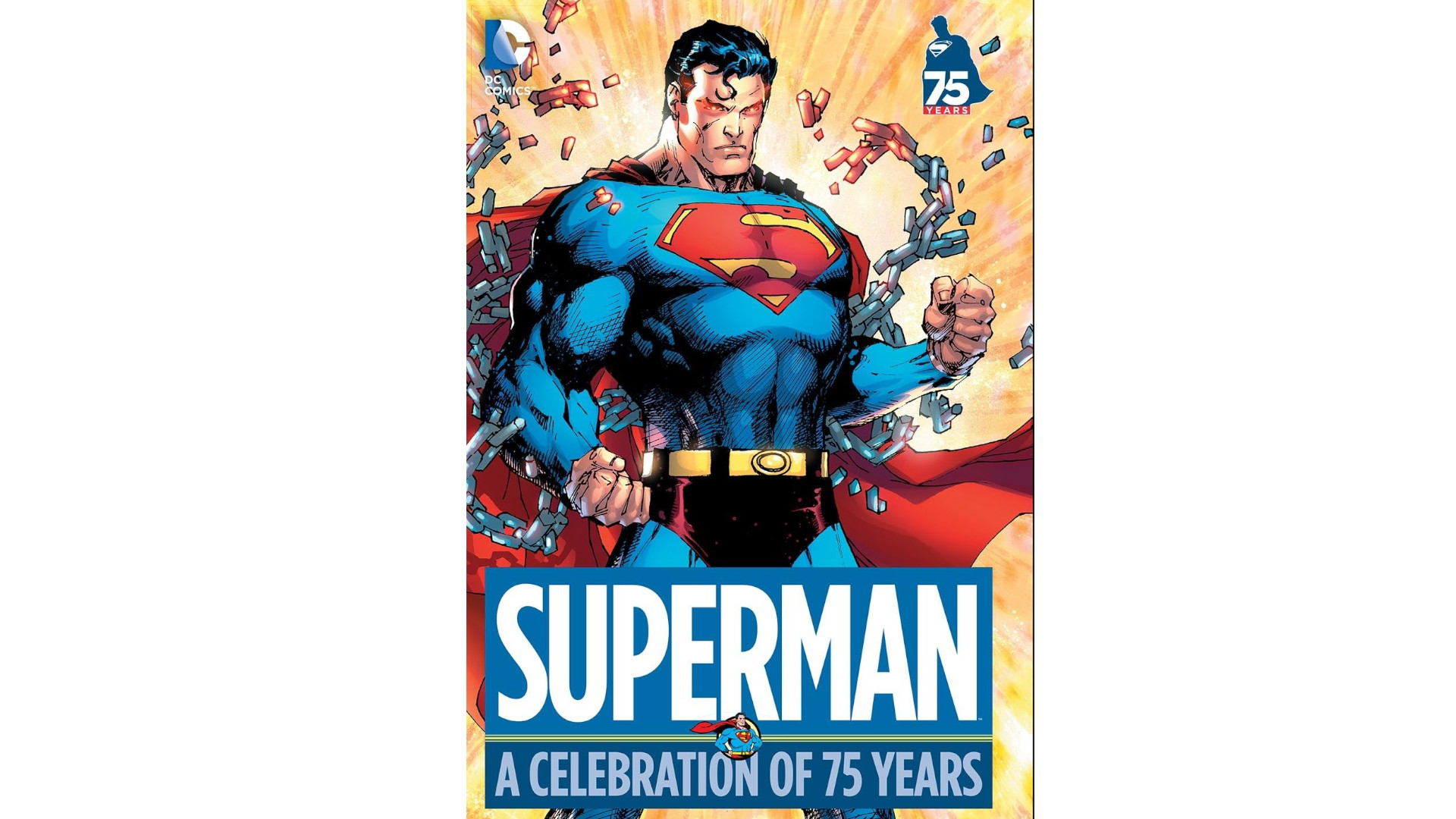
Published in: Superman Vol 1 #53, by Bill Finger, Wayne Boring, and Stan Kaye
In 1948, Bill Finger and Wayne Boring marked Superman's tenth anniversary with a truly apocalyptic tale. Lifting the veil on the mystery of Superman's abilities for an audience too young for Action Comics #1's famous single-page origin, Superman #53's The Origin of Superman is immersed in post-war anxiety about the atomic bomb.
Focused on Jor-El's struggle to find a future for his family, the tale of a scientist desperately trying to sound the alarm to an apathetic elite is depressingly still relevant. Boring's stoic Kryptonians soon give way to the fragile and aged Kents for a series of warm hi-jinks as young Clark grows into the Superman we all know and love. Although Superman #53 (republished in the Superman: A Celebration of 75 Years book) was far from the first time this story was told, its focus on the anguish of his birth parents contrasted with an adorable super-baby makes it by far the most effective.
Buy Superman: A Celebration of 75 Years on Amazon
4. Kingdom Come
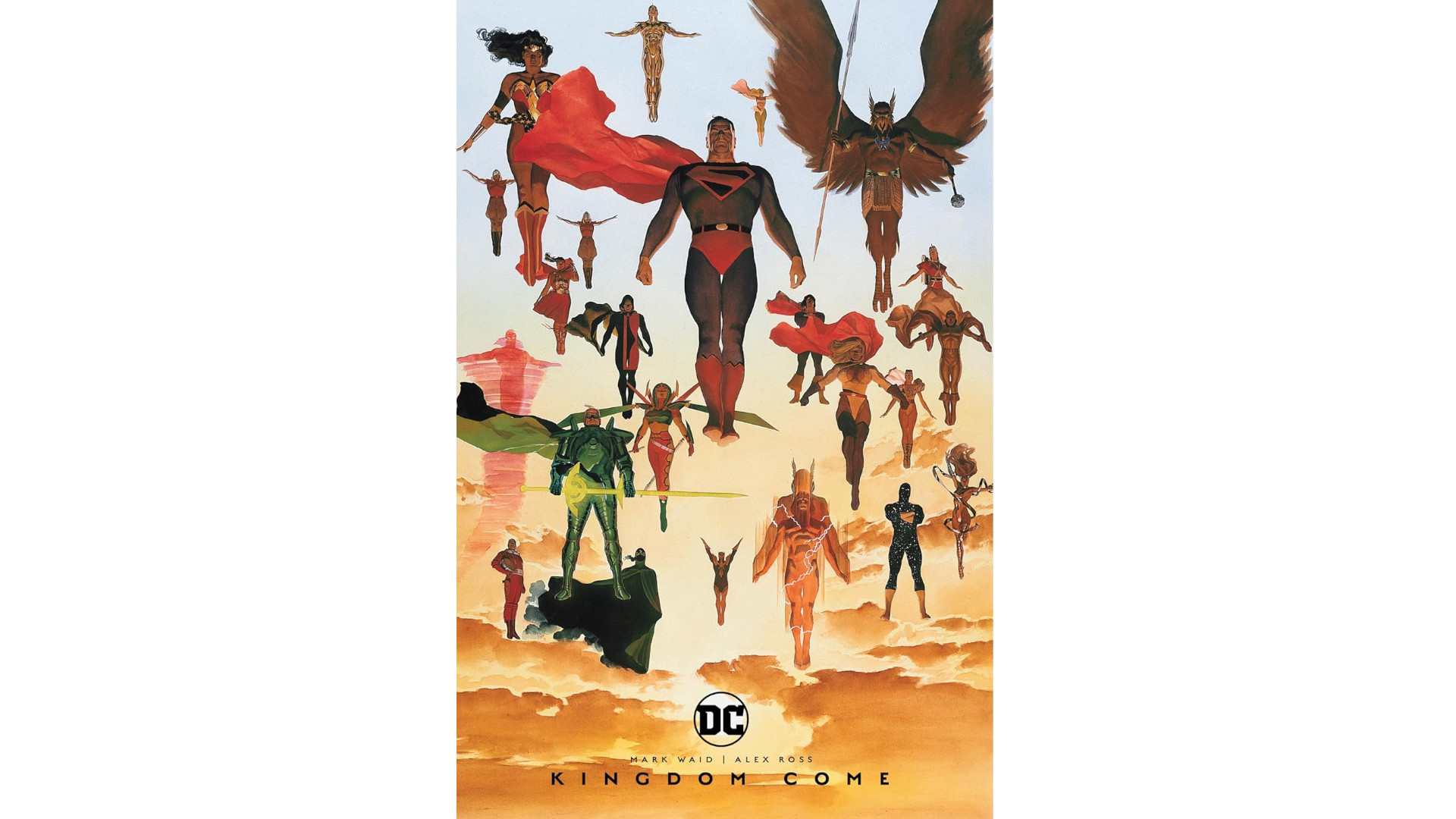
Published in: Kingdom Come #1–4, by Mark Waid and Alex Ross
This classic DC crossover isn't solely a Superman comic – Batman and Wonder Woman both play significant roles too – but there's little doubt that Kal-El is the lynchpin character here. Set in an alternative future where the Man of Steel has retired following the death of Lois Lane, the world is now on a knife's edge due to the apocalyptic actions of new, more authoritarian characters like the murderous Magog. Convinced to get back in the game, Supes teams up with Batman, Wonder Woman, and Captain Marvel (the DC version!) to try and save the world one more time.
Written by Mark Waid and fully painted by Alex Ross, Kingdom Come is an incredible work of comics storytelling. Intended in part to contrast the old school heroics of the DC characters against the more cynical and extreme antiheroes favored by comics in the '90s, this is a story about why we still need champions as decent and good-hearted as Superman. Mark Waid has since returned to the world of Kingdom Come in his ongoing Batman/Superman: World's Finest comic.
3. Superman: Whatever Happened to the Man of Tomorrow?
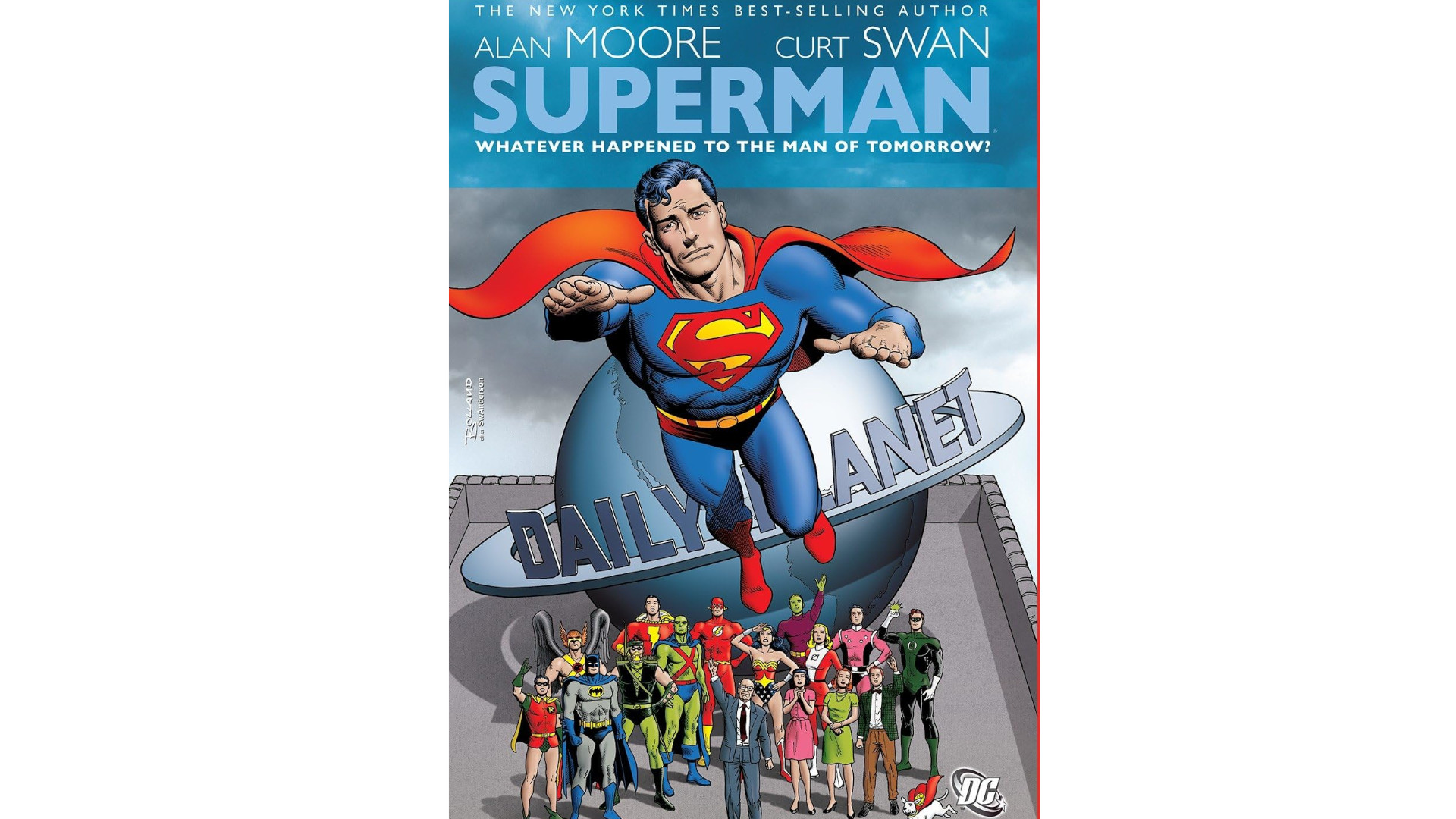
Published in: Superman #423 and Action Comics #583, by Alan Moore, Curt Swan, and George Pérez
Superman's story will never – and should never – have a definitive end. But what if it did? There's no one better-placed to tell that story than the killer team of Alan Moore (the year before he changed the comics medium forever with Watchmen) and artists Curt Swan and George Pérez. Whatever Happened to the Man of Tomorrow? says goodbye to the Silver Age era of Supes' adventures with an "imaginary story" that opens 10 years after he was last spotted on Earth, before flashing back in time to see how and why he left us behind.
It's not the happiest of tales – Lana Lang, Jimmy Olsen, Lex Luthor, and more all die here – but Moore's script is poignant, rather than dark. At the same time, he pays loving tribute to the Superman mythology of his own childhood, weaving in elements that hadn't been seen in comics in years for one last victory lap. The story reaches a bittersweet, but hopeful, conclusion before handing over to John Byrne's relaunch that took the Man of Steel into the late '80s.
Buy Superman: Whatever Happened to the Man of Tomorrow? On Amazon
2. Superman For All Seasons
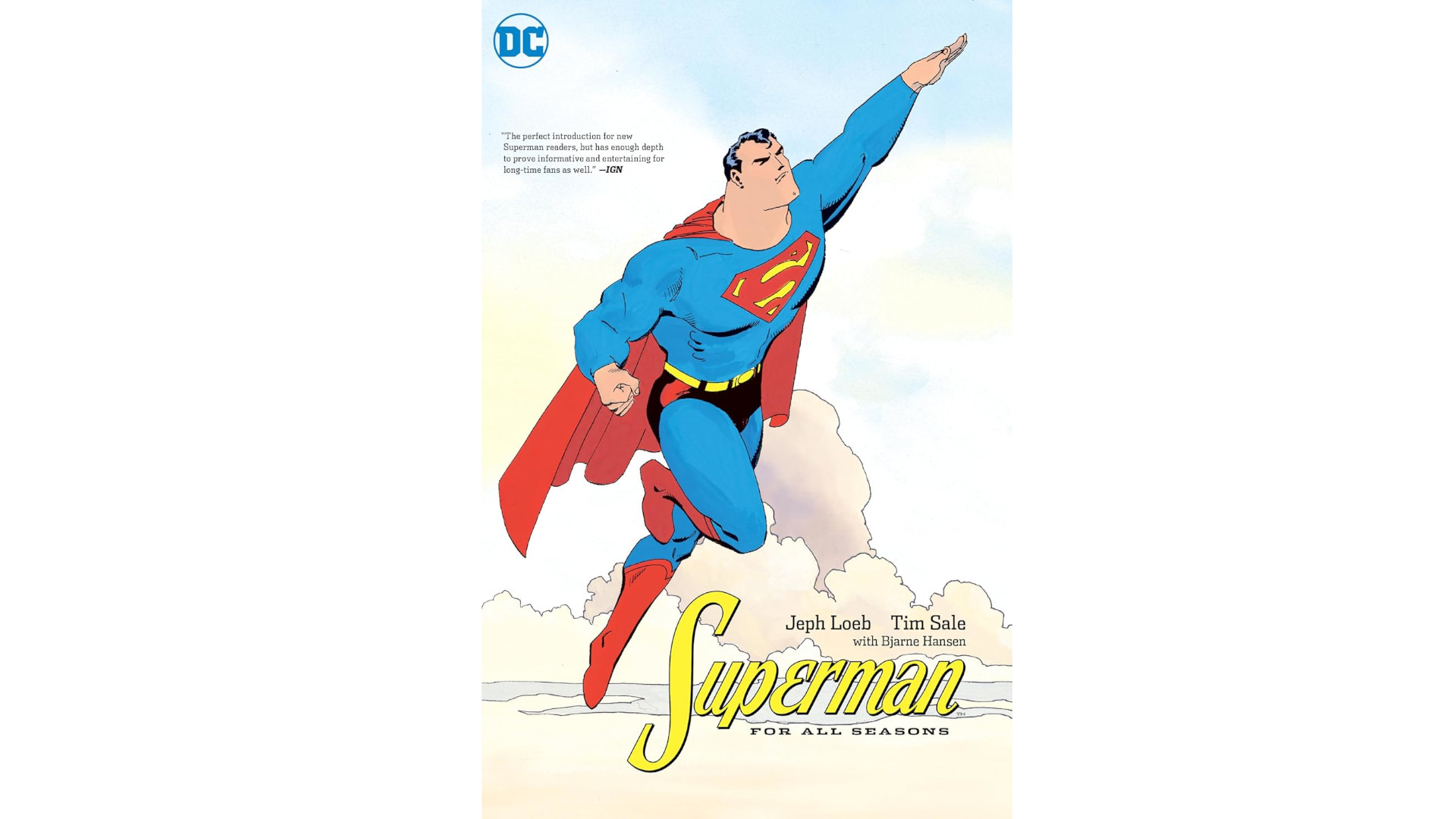
Published in: Superman For All Seasons #1–4, by Jeph Loeb and Tim Sale
Tim Sale's squinted eyes and tree trunk necks. Bjarne Hansen's mellow and elementally inspired color-work. Although Jeph Loeb's tender script for Superman For All Seasons is an important factor in this very special limited series, the immediate impact is a visual one. Sale's style of cartooning pushes appearances to extremes: Clark is a human brick, his parents are shriveled prunes.
Inspired by the character's earliest appearances, Luthor is a red-haired and jowly schemer. Perspective is regularly skewed in favor of sheer presence on the panel, every fundamental rule playfully bent by Sale to present Loeb's narrative. Jeph Loeb's sentimental script takes the point of view of those closest to Superman to create an archetypical Superman story that examines his impact on those around him. The troubles of raising a Super-Son. The thrill of chasing the man in blue and red. The impotence felt in the face of true good. The responsibility you're frightened to live up to. In four issues, Sale, Loeb, and Hansen rattle through Clark Kent's maturation in a sparingly beautiful manner. Whatever the weather, For All Seasons is a truly great Superman epic.
Buy Superman For All Seasons on Amazon
1. All-Star Superman
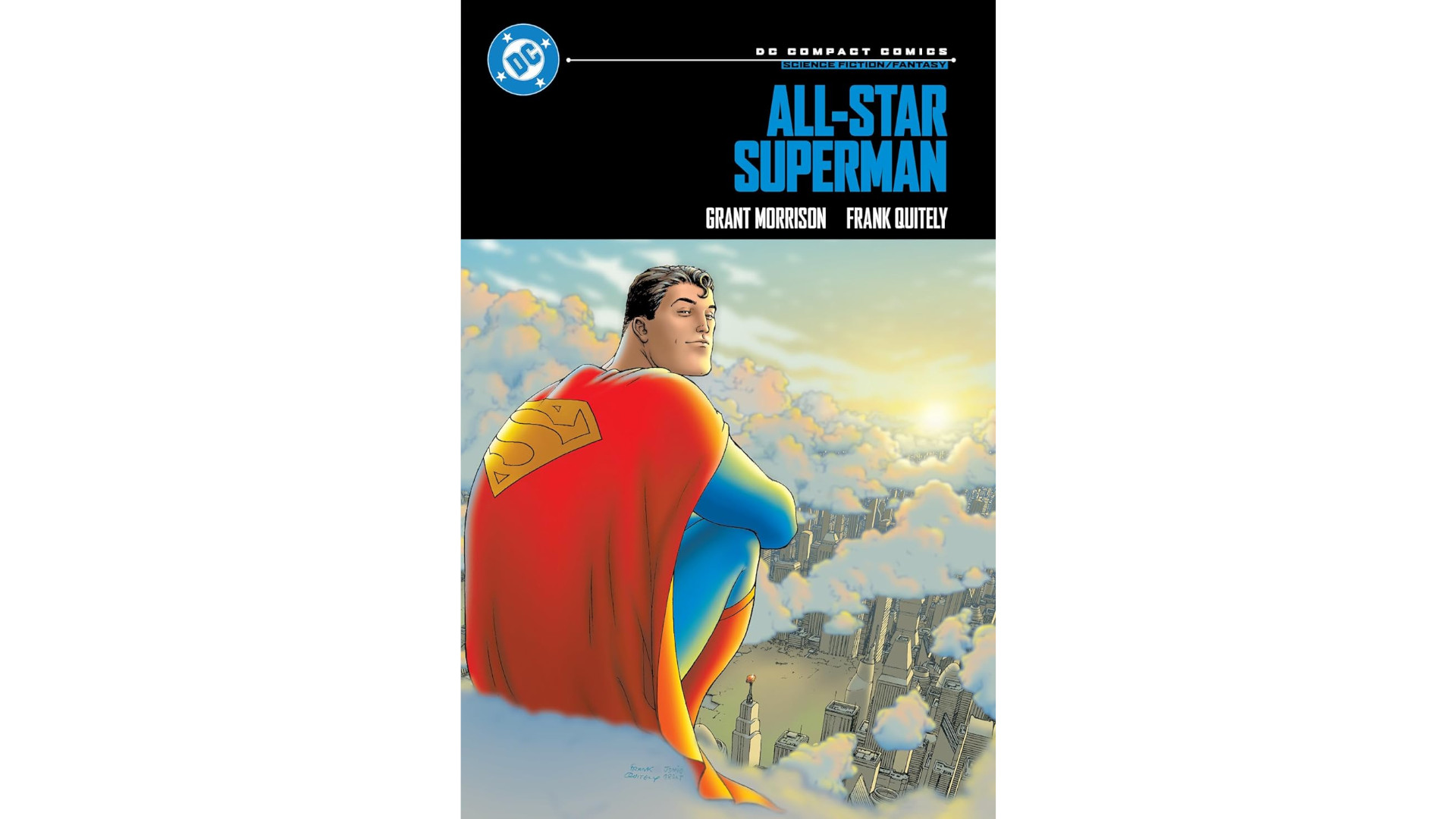
Published in: All-Star Superman #1–12 by Grant Morrison and Frank Quitely
Grant Morrison and Frank Quitely are far from the first creators to attempt a timeless and definitive take on the Man of Steel, but they have undoubtedly created the best with their 12-issue series All-Star Superman. In a story where he is finally outsmarted by Luthor, All-Star Superman shows us a Man of Steel who must confront his impending death before eventually traveling beyond it.
Morrison indulges in a cavalcade of high concepts, flirting with time travel, gene manipulation, and living gods, as they steadily reach the end for Clark Kent. Morrison's devilishly playful tone makes All-Star Superman's bitter premise a joyful excuse for a victory lap of imaginative super-heroics. On the cover of All-Star Superman #1, Superman sits atop a cloud. He's totally relaxed, smiling modestly as the sun breaks over the horizon. Superman might have powers beyond human comprehension, and Morrison's world is certainly outlandish, but the essence of Superman lies with Kal-El's clear head and grounded demeanor.
Buy All-Star Superman on Amazon
For more on Clark Kent's outings, check out guides on how to watch all the DC movies in order, and the best DC movies ever made. Or check out our list of all the Superman movies ranked from worst to best!
Oscar Maltby has been writing about comics since 2015. He has also written comic book scripts for the British small press and short fiction for Ahoy Comics. He resides on the South Coast of England but lives in the longbox.
- Emma-Jane BettsManaging Editor, Evergreens
- Will SalmonStreaming Editor
You must confirm your public display name before commenting
Please logout and then login again, you will then be prompted to enter your display name.


